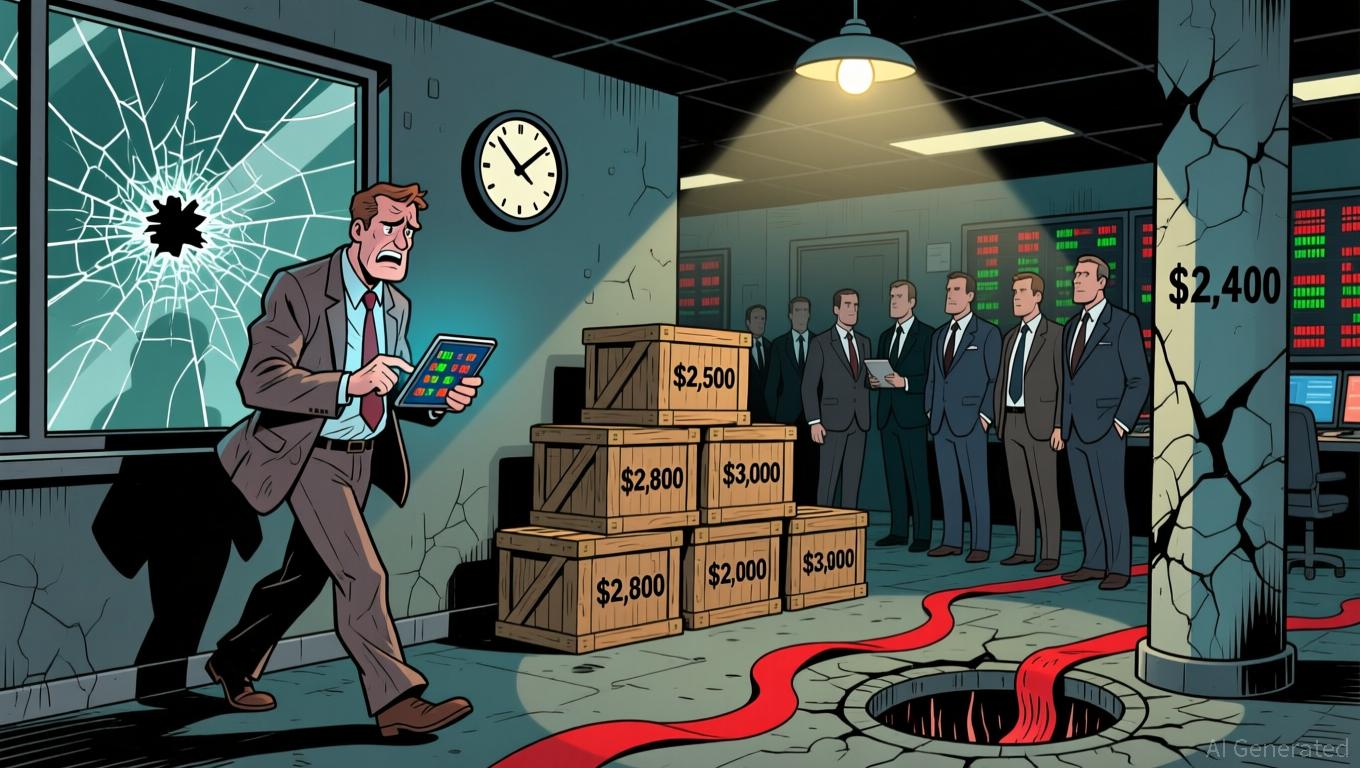- New Zealand will mandate financial literacy for Years 1–10 starting in 2026.
- Curriculum adds crypto, blockchain, and digital payment systems to student learning.
- Teacher training and national resource mapping aim to support consistent delivery.
New Zealand’s government is anticipating a major shift in its national curriculum, confirming that financial literacy will become a required component for all students from Years 1 to 10 beginning in 2026. Education Minister Erica Stanford stated that the subject will be incorporated into the refreshed social sciences curriculum, with schools mandated to implement the changes by 2027.
The move signals expanding concern over low exposure to financial concepts among young learners, as well as the increasing role of digital payment systems, including cryptocurrency, in everyday economic activity. Market indicators, such as the Litecoin price , which fluctuated between $81 and $90 in November 2025, are cited as examples of real-time data that students will learn as part of the program.
Curriculum Expansion
The updated curriculum introduces a developmental pathway that begins in the early primary years and progresses through junior secondary levels. Students in Years 1–5 will study fundamental concepts, including the distinction between needs and wants, earning and spending, and the operation of bank accounts. Learners in Years 6–10 will come across more advanced topics, including taxation, interest, budgeting, insurance explanations, and introductory investment concepts.
Officials assert that the reform addresses findings from the Retirement Commission, which reported that only about one-quarter of students currently receive any structured financial instruction. Finance Minister Nicola Willis noted that a lack of financial knowledge has contributed to cases of poor debt management among young adults.
Related: Hong Kong University Business School to Accept Bitcoin for Tuition and Donations
Digital Payment Systems and Blockchain
As part of the new system, schools will be required to introduce students to digital currencies and blockchain-based systems. The Ministry states that lessons will explain emerging payment tools and show how market values shift in response to demand, limited supply, or external developments. Teachers may reference examples such as Litecoin’s price movements to illustrate market volatility and valuation concepts.
Hands-on activities will explain blockchain principles. Classroom exercises include recording transactions on a shared ledger to simulate transparency and immutability, or assigning students rotating roles as miners, nodes, and users to show how decentralized networks validate information. Senior students will also learn how digital wallets function, including spending controls, savings goals, and activity tracking.
The Ministry’s implementation plan includes teacher training and a detailed mapping of financial-education resources for Years 1–13. The University of Waikato’s finance and technology programs, as well as materials from Cryptocurrency NZ, are among the reference points being considered for educator support.
Related: Bitget Partners University of Zurich to Offer Blockchain Summer School Scholarships



